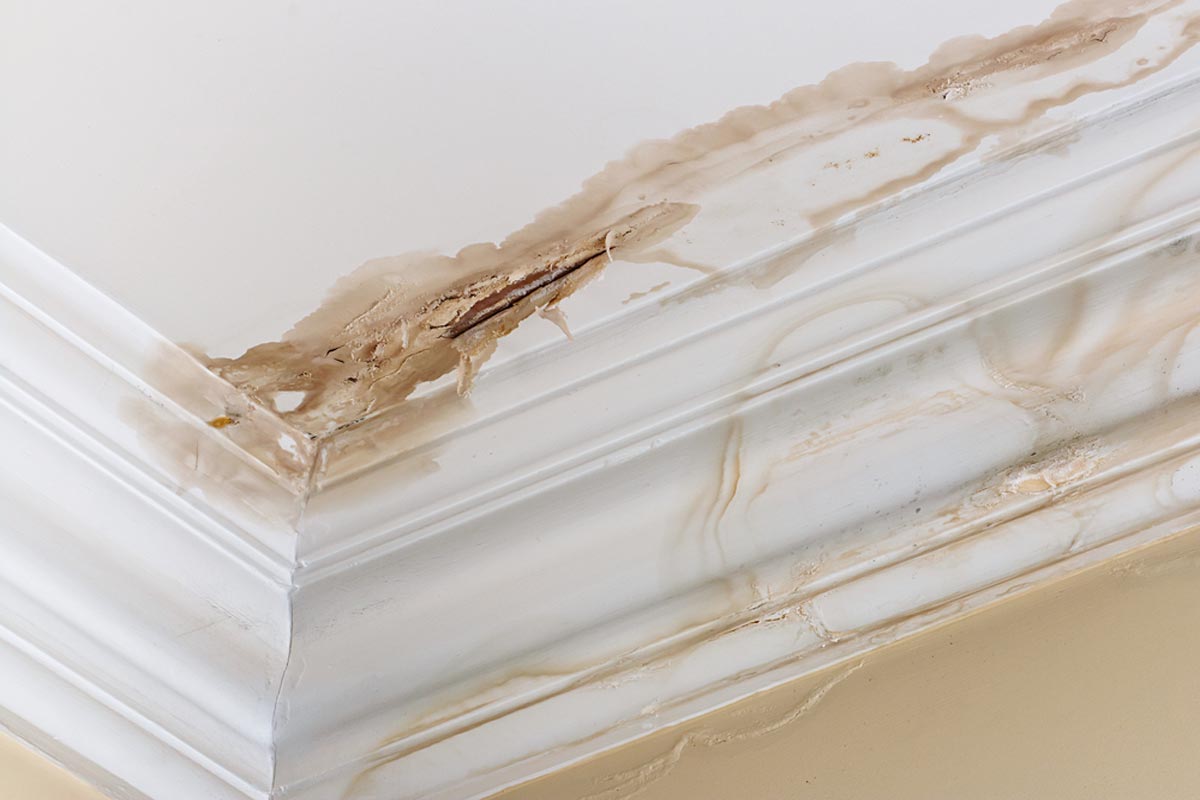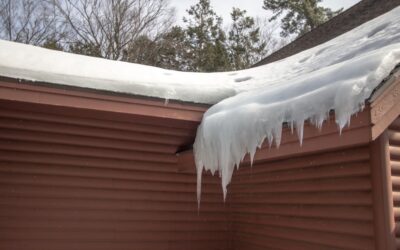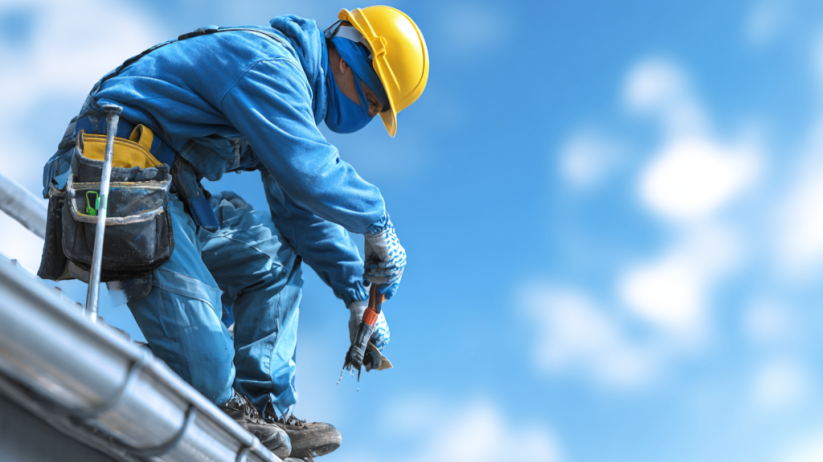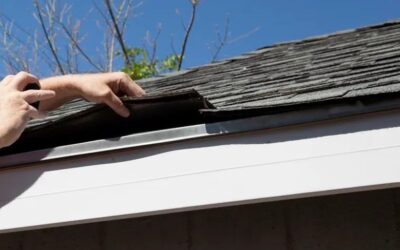Finding a brown spot on your ceiling is not only troubling but can mean there’s a water leak in your roof. The presence of water leaks in a roof can damage your belongings and impact the health of you and your loved ones. If left untreated, water leaks also damage the structural integrity of your home. Identifying a leak before it becomes severe can save money and help you avoid a major inconvenience. One of the best ways to identify a roof leak is to know some of the most common causes of water leaks in your roof.
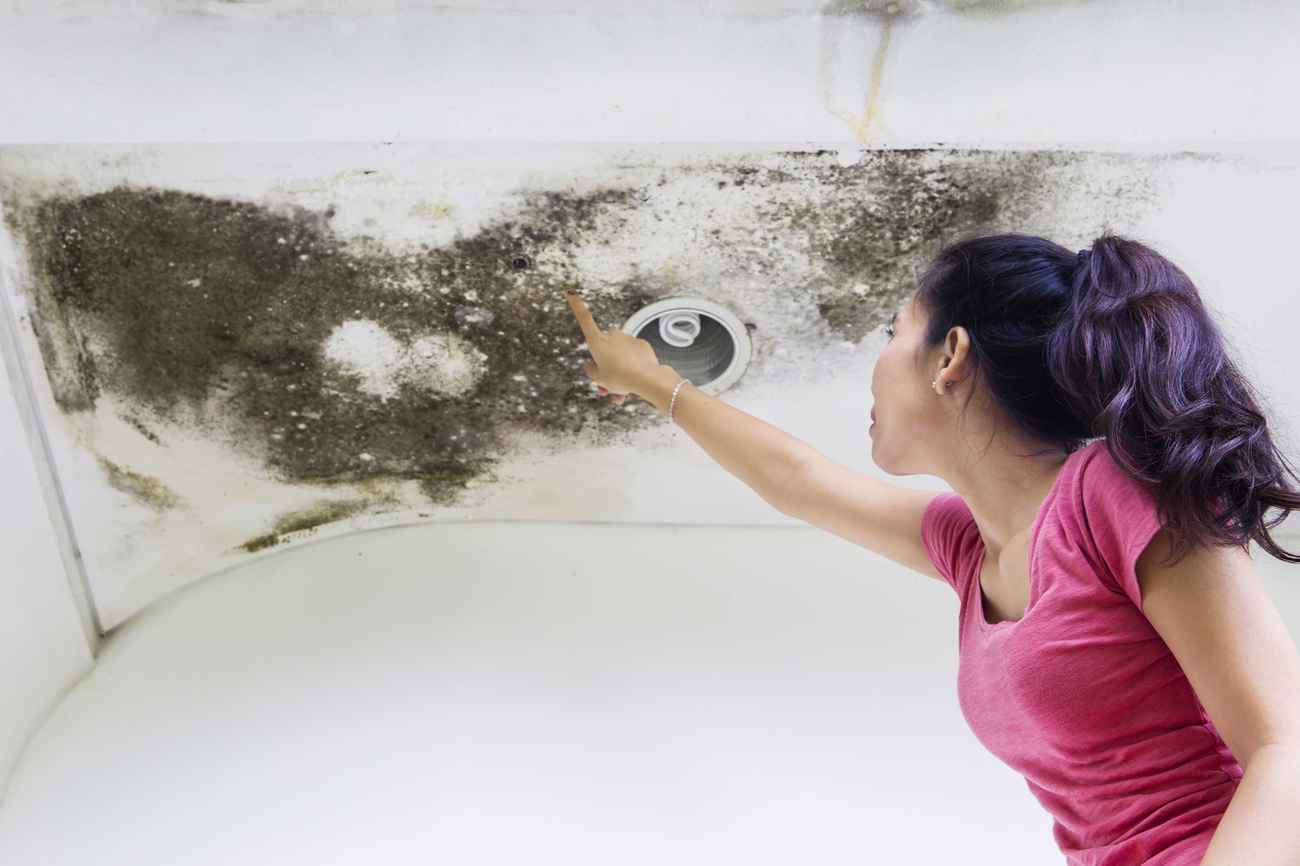
Signs You Have a Roof Leak
The strongest indicator that your home has a roof leak is the presence of brown stains on your ceilings. If the leak comes from a broken water line, you’ll also notice a decrease in water pressure. While they are not as easy to detect, hissing sounds also point to water leaks. The hissing sounds will be hard to ignore if the leak is severe. If your leak isn’t as prominent, you need to rely less on your sense of hearing and look for visual evidence.
Cracked Pipe Boots
If you have pipes coming out of your roof, your roofing contractor will put a “boot” around them. Boots can go on any type of roof to prevent water from flowing outside of the pipe and into your home. Pipe boots come in many materials, from rubber and plastic to lead and copper. A contractor will try to pick a boot that matches your roofing finish. They will probably opt for a copper boot if you have a copper roof to ensure everything looks the same. Pipe boots have a much shorter lifespan than most roofs. They can become cracked over time, allowing water to flow into your roof.
Loose Fasteners
If your roof has asphalt shingles, thousands of nails hold those shingles to the underlayment and sheathing. Roofing nails also hold copper, clay tile, and other roof types. Metal roofs rely on screws instead of nails. Fasteners, whether nails or screws, must be tight to prevent leaks. A loose nail or a crooked screw is the perfect opportunity for water to get into your home. Leaks from loose fasteners are small, so if you keep an eye out for stains on your ceiling, you can get a contractor to fix the problem before it becomes severe.
Clogged Gutters
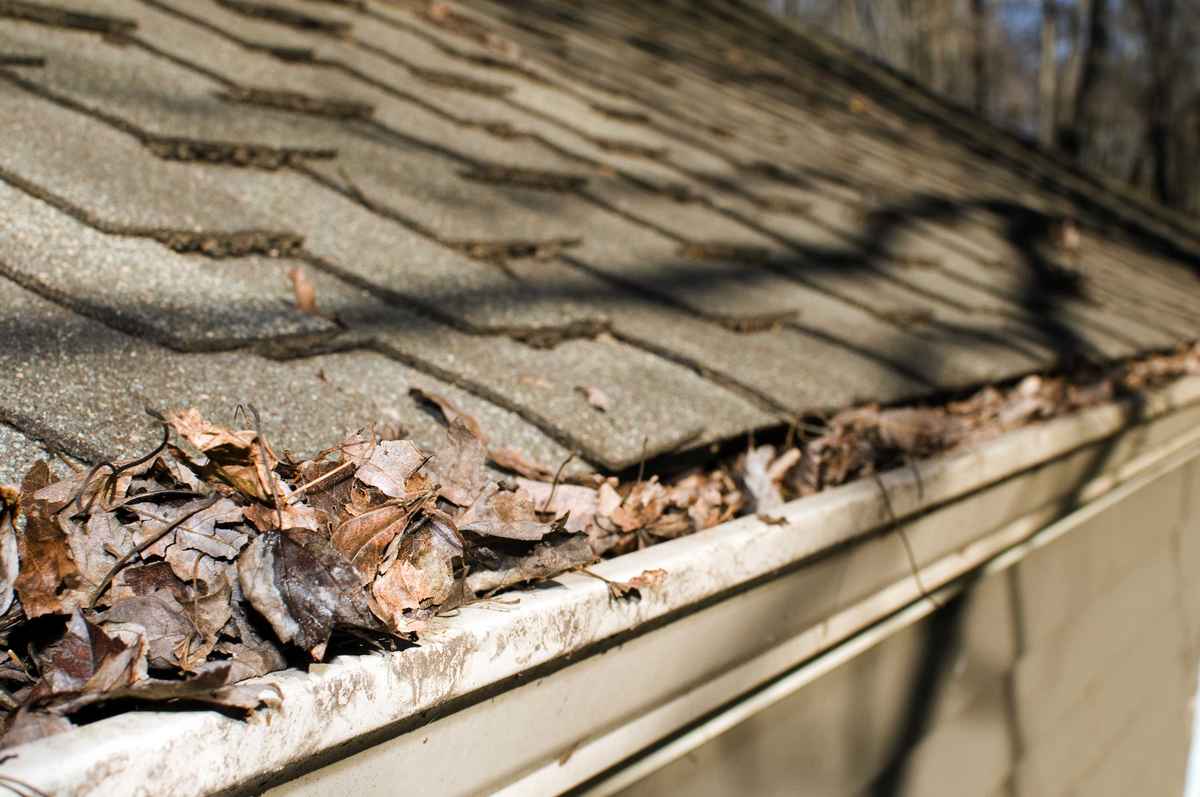
Clogged gutters hurt your home’s curb appeal and lead to leaks in your roof. In roofing, the term “valley” refers to a point in the roof in which two slopes meet to form a V, giving the roof the ability to direct water into the gutters. If leaves, twigs, and other debris clog your gutters, there is nowhere for that water to go. Water chooses the path of least resistance, which means pouring through your roof. Soffit, a material found along the edge of your roof near the gutters, has little water resistance. Clogged gutters let water get behind the soffit and do widespread damage to your home.
Hire A Roofing Contractor To Repair Your Roof
If you’re a handy person or someone with construction experience you can probably make some of these repairs yourself with help from resources like videos or articles to help guide you through the repairs. Just be warned, repairing these incorrectly yourself can lead to bigger problems. The quality of doing it yourself versus a certified contractor can be drastic. Additionally, your safety is another thing to keep in mind if you choose to repair these yourself. If you’re not used to being on a ladder or walking on a roof, then you shouldn’t be up there, period. No amount of money you try to save to repair it yourself is worth your safety.
The one thing you definitely should hire a contractor for is to have your roof inspected and maintained on an annual basis. They’ll be able to catch most of the problems in this article before they cause damage to the interior of your home. Regular roof maintenance is the key to stopping a leak before it happens. If you’re ready to get professional assistance dealing with roof leaks, contact the team at Nextgen Roofing in Westfield today.



 (413) 259-0611
(413) 259-0611